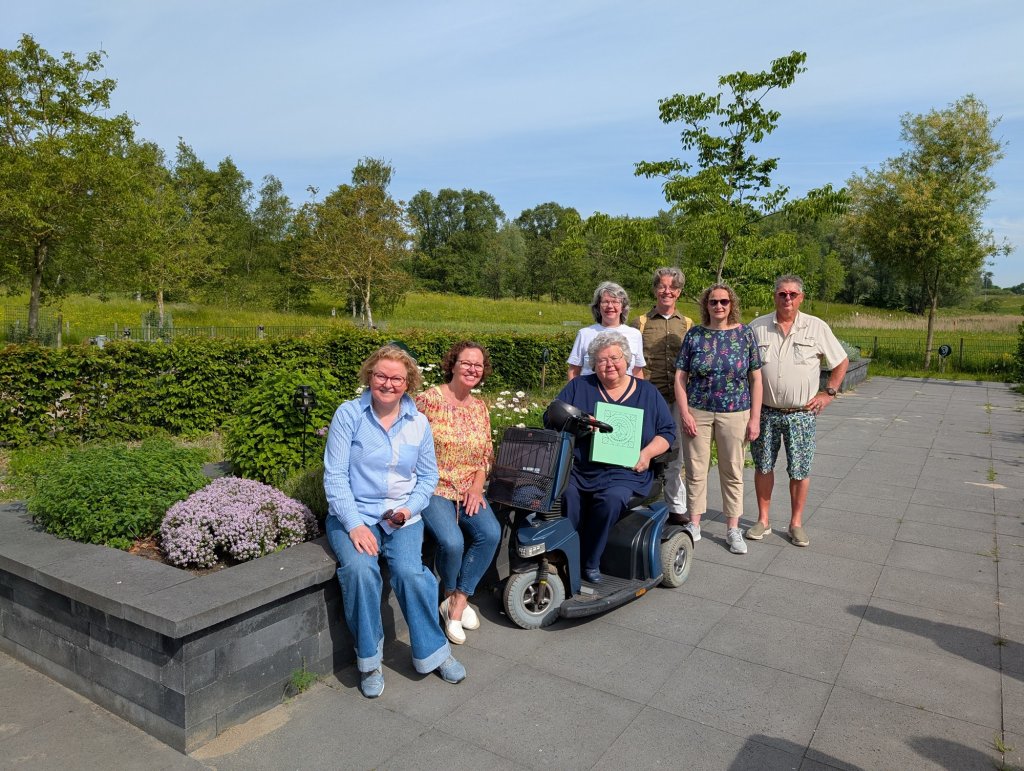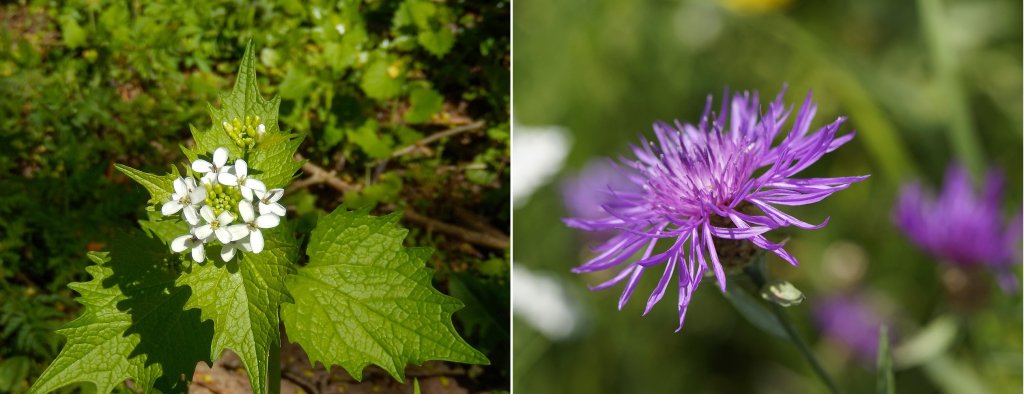General tips for greening your garden
We want more greenery and fewer tiles in our city. This will keep our city cooler in the summer, reduce flooding because rainwater runs better into the ground, and provide more space for plants and animals.
That is why we are greening Zoetermeer more and more. To get you started with greening your own garden, we have some tips for you:
- Garden tips | Foundation Stonebreak
- Turn your garden into a green oasis | IVN
- Getting started yourself | Garden rangers
Within Zoetermeer, residents have the opportunity to request gardening advice from a volunteer, trained Garden Ranger. These Gardenrangers will then visit to advise on greening the garden. In Zoetermeer more than 100 advices have already been requested. - Preventing flooding with your garden | Milieu Centraal
- Weather boss grant | Schieland and Krimpenerwaard Water Board
- Month of the Green Garden | Stone Breaks Foundation
- Garden and Balcony | Bee Landscape
Includes information on facades and nursery listings that grow poison-free. You can also ask at a garden center for organic or poison-free grown plants or seeds. In fact, poisons used in growing garden plants can be harmful to insects and other animals in the garden.


